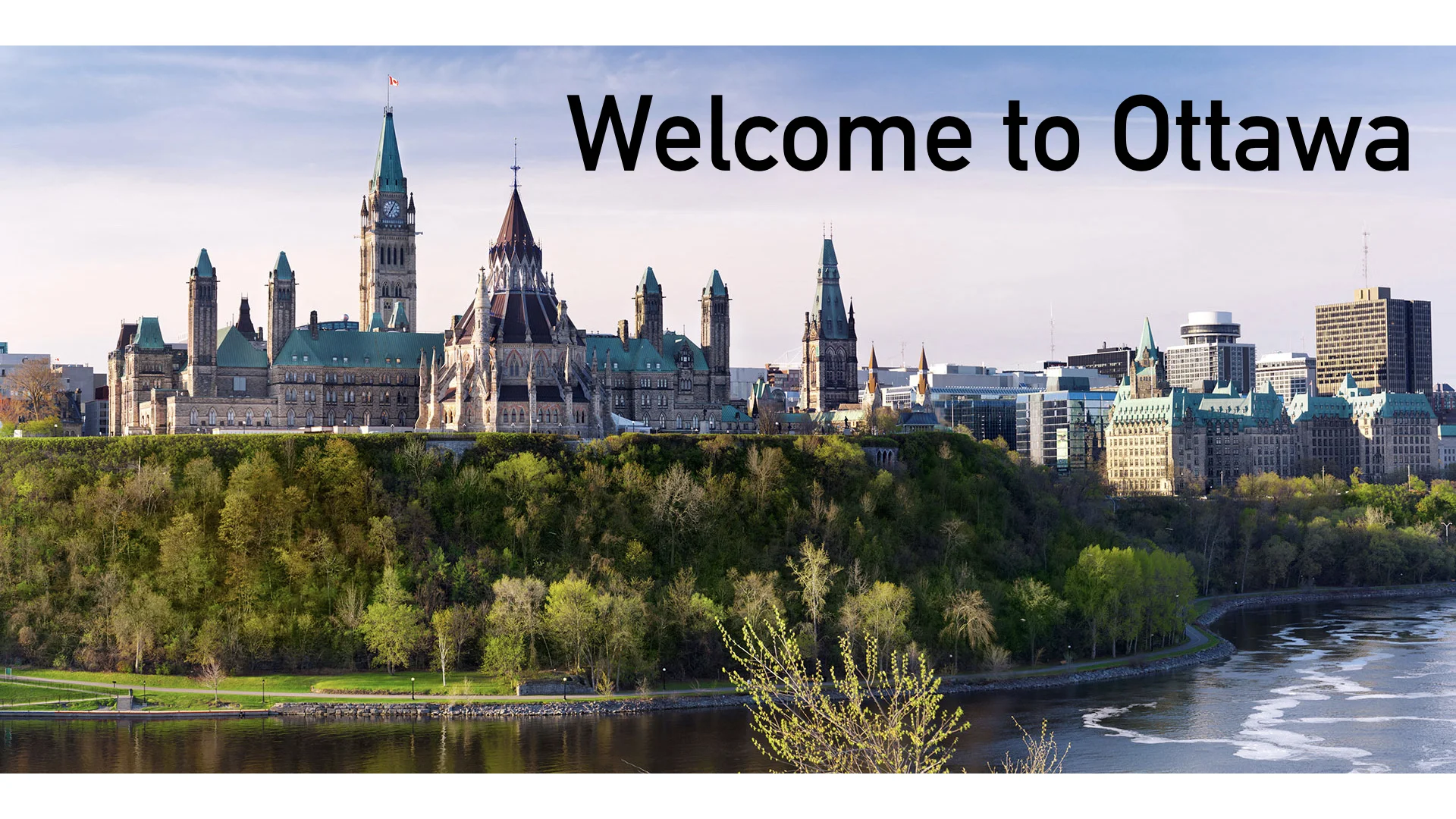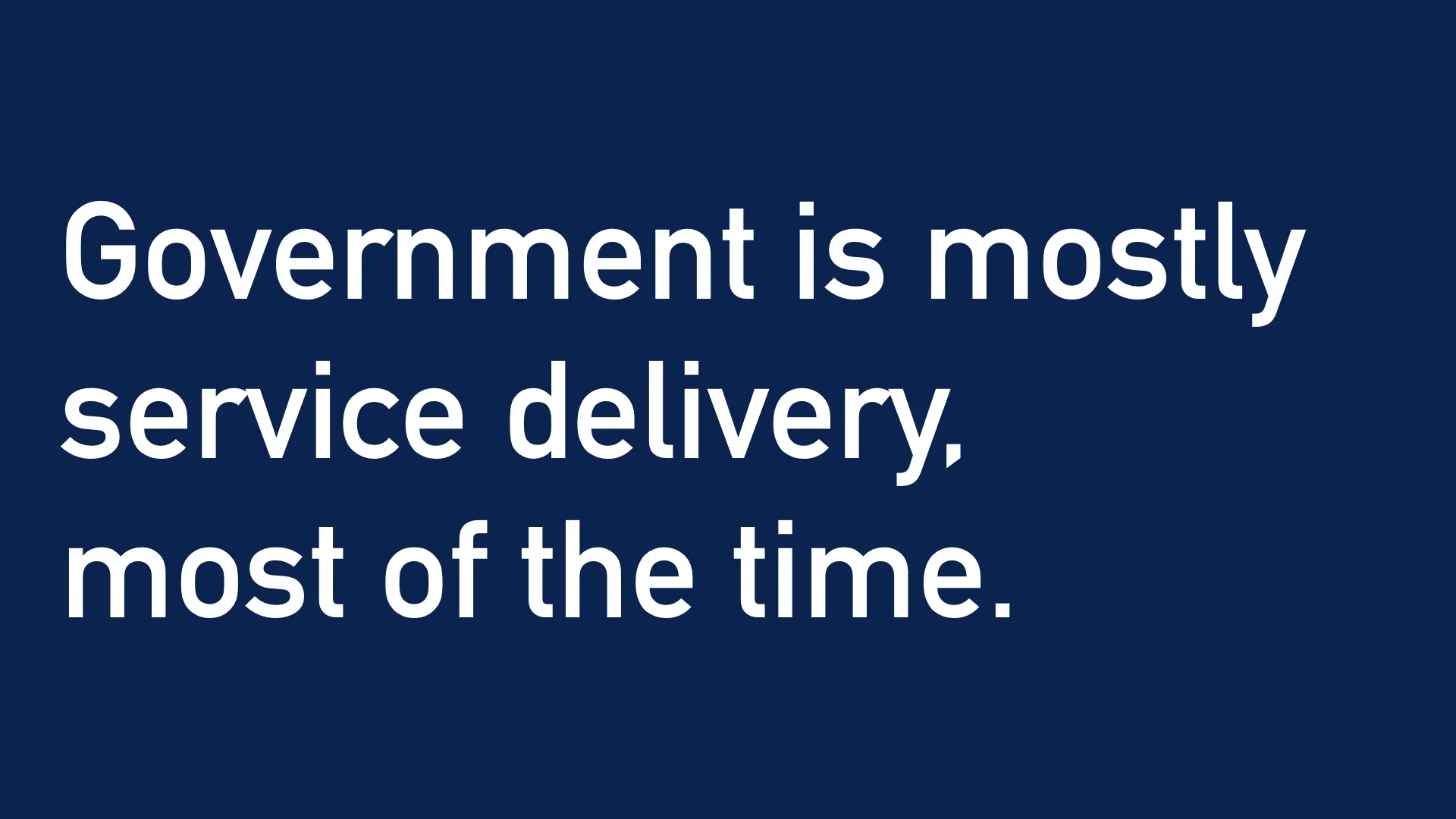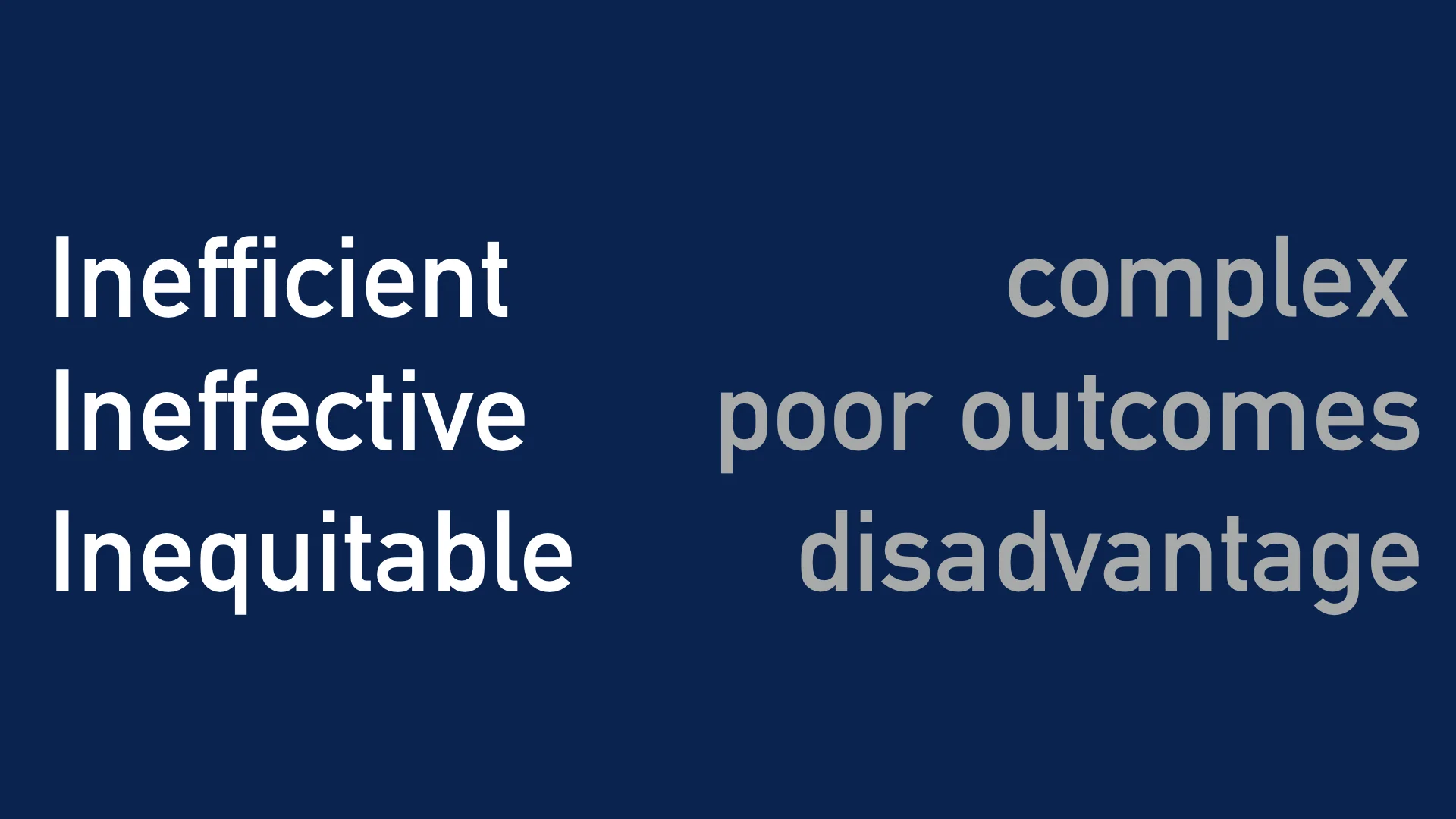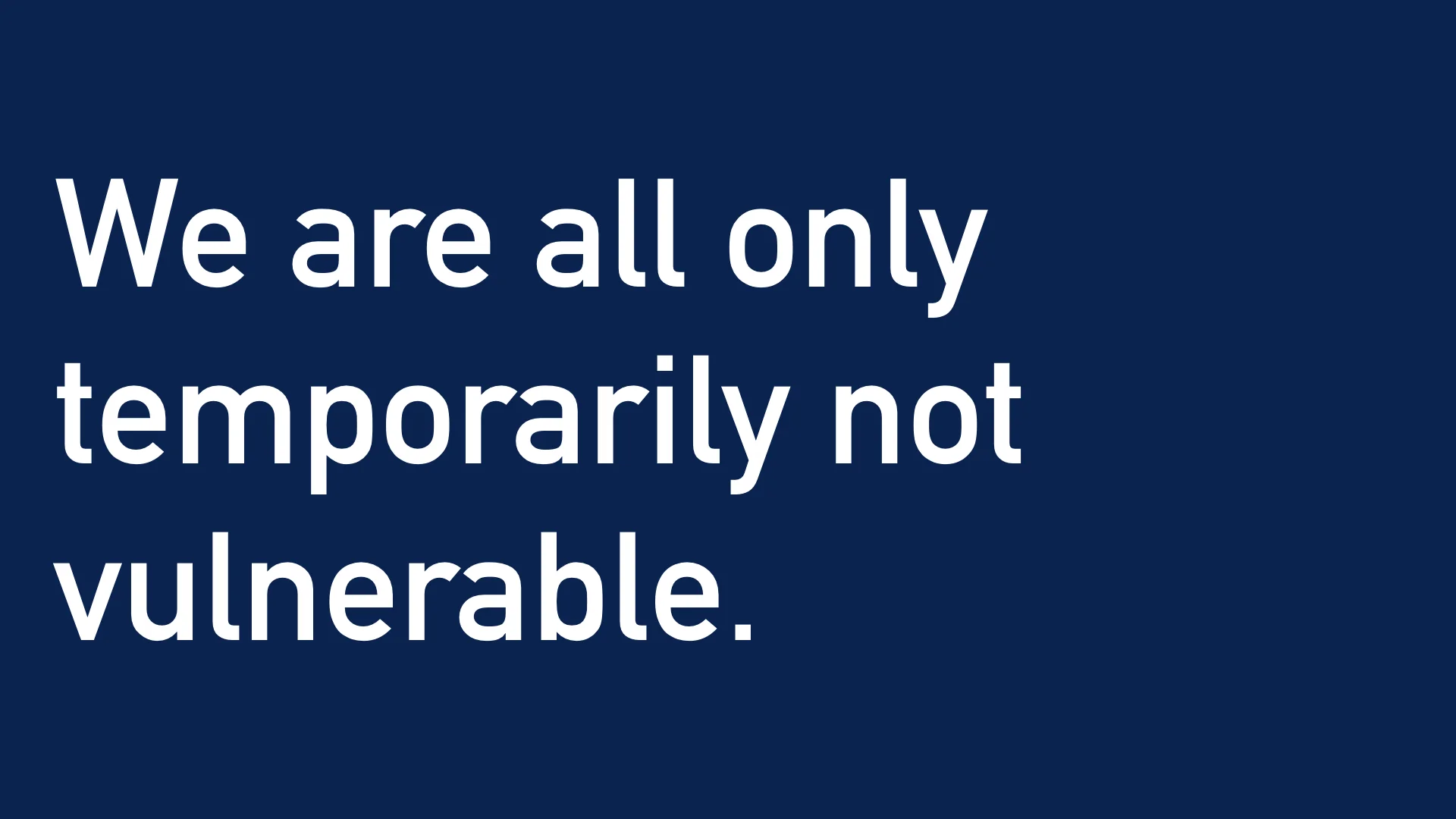Based on my keynote at the FWD50 conference, November 2018.
Welcome to Ottawa for those who join us from afar! I’ve been lucky enough to call this city home for the past year. As you might be able to tell, I’m not from around here. My background is in U.K. government transformation, leading teams to deliver large scale service transformation. First, at the Department of Health, and most recently at the Ministry of Justice.
Back in January I was lucky enough to join the fine folks at the Canadian Digital Service, where we’re on a mission to improve the way the Government of Canada delivers services.
As public servants, we exist to design and deliver services that meet fundamental human needs. In these contexts, we have to remember that government ≠ choice, and users ≠ customers. Many of these services are absolutely mission critical to those who need to use them.
Let’s take an example. October 2018. A tornado sweeps across Ontario and Quebec, causing huge amounts of damage. The storm takes down the city’s major power station, leaving 300,000 people (including me) without power.
People across the city suddenly face a number of challenges:
Lack of heating
Lack of communication, with no way to charge mobile phones
Lack of information, with no easy access to the internet
In these crisis situations, services are immediately put under pressure. And there are three common reasons why they fail:
We know this matters to people, but why does it matter to government? Well, bad services cost money. We must do better. We have to embrace human centred approaches.
Use empathy to understand people’s needs. Use service design techniques to make the simplest flow possible. Most importantly; solve the problem, and then get out of the way. Because when it comes to government services:
Thank you!





